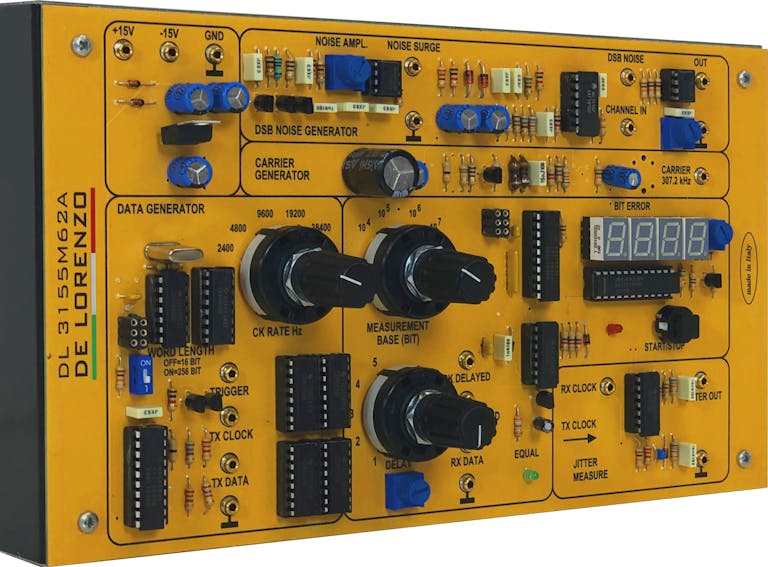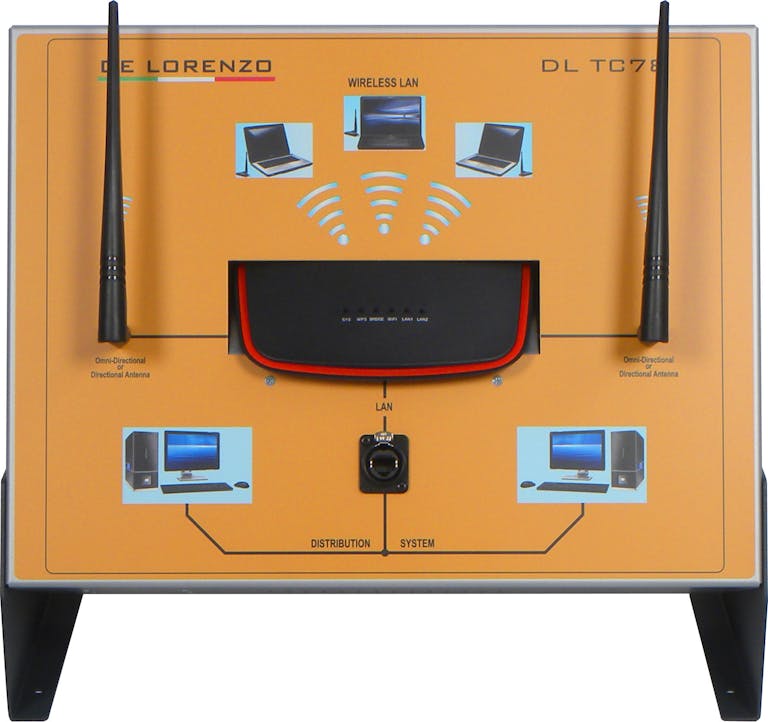When we talk about telecommunications, we mean the exchange of information over long distances by electronic means, voice, data, and video transmission. It is a comprehensive study that includes various information transmission technologies such as microwave radio communications, fiber optics, radio broadcasts, and the Internet. The training of telecommunications professionals, they must apply their knowledge of the basic sciences – Physics and Mathematics-as well as those corresponding to signals, systems, electronics, and computers to analyze, design, plan, organize, produce, install, develop, in addition to maintaining in operation and managing telecommunications networks and systems, thus helping to satisfy the needs of the country where you grow professionally. Their current and potential field of work is very broad. It includes the following areas: telephone, satellite, radio, microwave, and fiber optic-based systems, as well as digital networks for telecommunications and computers.
Students must have a basic knowledge of electronics as part of their basic training as telecommunications professionals. All our modules have interconnected theories and practices that provide students with gradual learning and teachers with tools to plan their courses. The systems also include simulations of failures that can be entered manually or through software.
Telecommunications professionals must know the transmission systems as part of their training, and how to send a signal from one place to another. This signal can be electrical, optical or radio. Some transmission systems also contain multipliers (amplifying the signal before relaying it) and/or regenerators (reconstructing and recomposing the encoded message before relaying it).
A data network is a telecommunications network that allows computer equipment to exchange information. In computer networks, network-connected computing devices (network nodes) pass data to each other along data connections. The connections (network links) between the nodes will be established from the media, either by cable or wireless. De Lorenzo has designed different simulators and demonstrators to cover this field. The educational purpose of each of the didactic systems for this line is for students to know and understand the operation of the devices, the general specifications of systems, and their maintenance and control characteristics.


